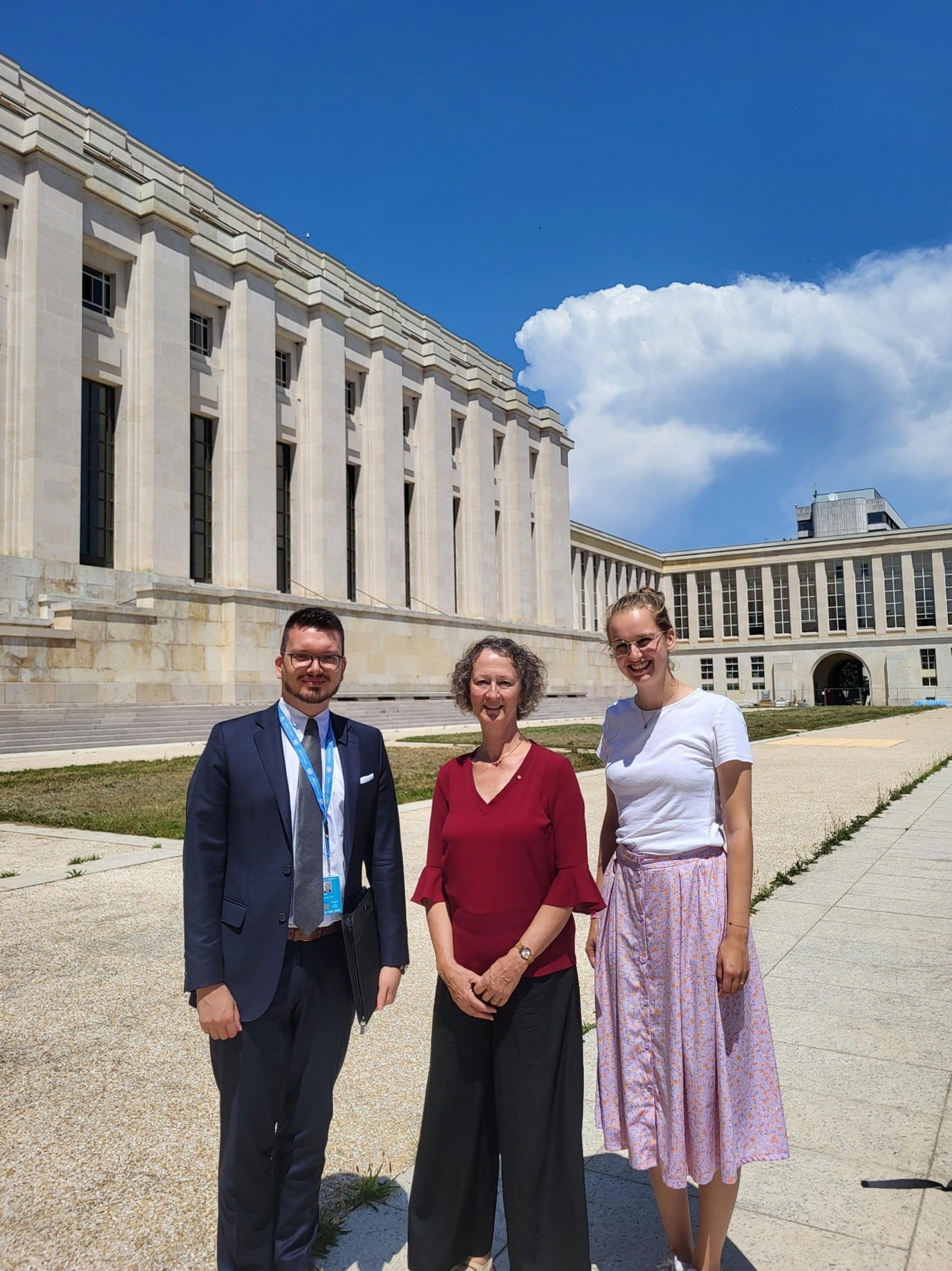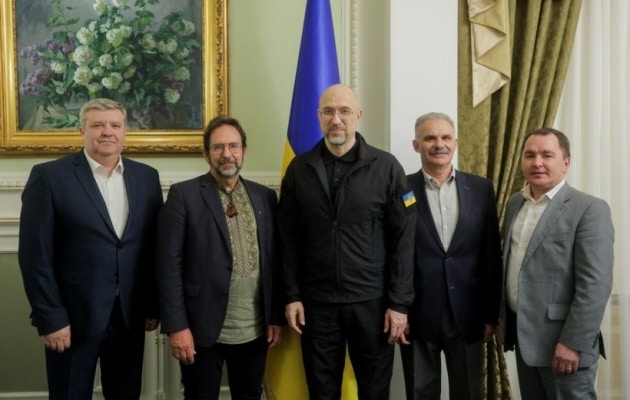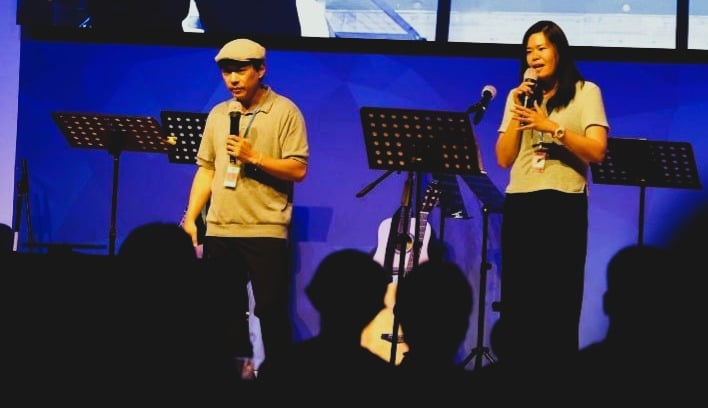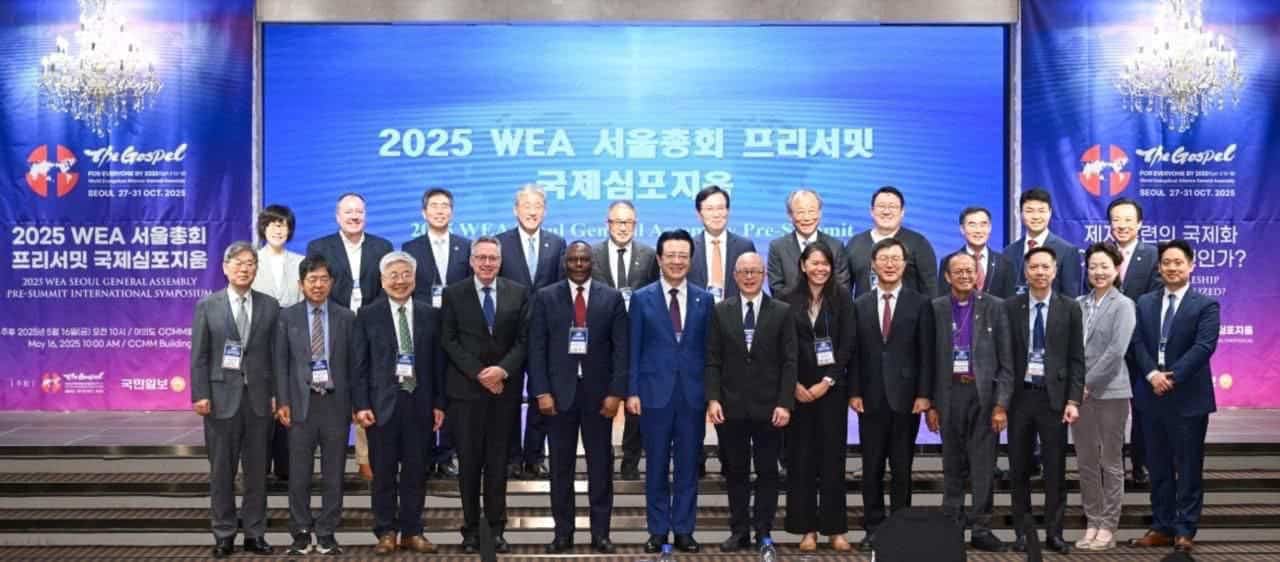In August of 2014, through the sacrificial efforts of Kurdish fighters and American air support, somewhere between 200,000 and 400,000 Yezidi Kurdish women, children and men were rescued from Mount Sinjar. Some came to Turkey.
The Story
In July ISIS fighters had killed, captured and enslaved over 5000 of Yezidis in an onslaught designed to frighten them away or wipe them out as an ethno-religious group in the region of Sinjar.1 The terrified populace fled up to the 40 mile long mountain ridge called Sinjar or in Kurdish, Shengal. The children and elderly began to die from heat exposure and lack of water in the August sun. The well-armed fanatics of ISIS surrounded the mountain and endeavored to climb up the canyons after their prey. The Yezidis had some fire arms and resisted from higher ground.
According to Yezidi memory of events—and it is their memories that determine their psychology now—their Sunni Arab neighbors and the Kurdish Regional Government Peshmerga protectors deliberately betrayed them. The Peshmerga proved treacherous by first collecting Yezidi weapons and then, later when ISIS pressed in, retreating before the enemy. They neither returned the weapons nor arranging an orderly evacuation of civilians. The Yezidi’s Sunni Arab neighbors turned on them by collaborating with ISIS to facilitate the invasion of Sinjar from Mosul. Arab neighbors told the Yezidis that they could stay, while they must have known that they were marked for death or capture and sex-slavery.
Again Yezidi accounts say that YPG and PKK fighters broke the siege, created a corridor for safe passage, and escorted them all northward through the desert into Syria. Most of them continued northward and eastward back into Kurdistan of Iraq, where they remain citizens. About 400,000 are situated in tent-cities as IDPs. Others still live in construction sites and in tents next to the Yezidi neighborhoods of Christian villages around Zakho.
A minority of the refugees crossed the border of Turkey with a more desperate determination to get as far away as they could from the violence their community had just suffered. Their intention was and is to leave the Muslim environment entirely by moving to a country with a Christian heritage. The current rhetoric, discourses and actions of political Islamic forces has impressed upon their minds that they cannot find human security for their girls and boys in this milieu, and they are determined to leave it behind entirely. Staying in Turkey is not an option at all in the minds of most of them. Their explicit statements insist that the problem is not ISIS but a rhetoric of Islamic superiority that has placed them repeatedly at the mercy of violent religious forces throughout their history.
It is not the intent of this policy brief to assert the categorical truth of the all the memories, perceptions and conclusions of the Yezidis. Rather, it is to observe that these are powerful constructs in their sense of trauma. In a sense ISIS has succeeded in making an indelible mark on their psyche. This psyche moves the communities of Yezidis in Turkey to a desperate frame of mind. Outside persuasion, it seems, cannot alter this frame of mind much. They have nerve-shattering experiences and they have their powerful interpretations of them. They are fleeing, and they strongly believe that they must continue to flee to a non-Muslim place. That is the frame of mind of this population that demands humanitarian and legal assistance.
Give them Legal Status and Protection
The Turkish Daily News summarized the findings of a report generated by a resource organization called Center for Research on Asylum and Migration (IGAM), 2 at a press conference designed for the release. 3 The report estimated that 30,000 Yezidis had crossed into Turkey, but some 10,000 had either gone back to Iraq or had risked migration to Europe with human smugglers. The camps and communities of Yezidi refugees are scattered in towns near the upper Tigris. As of early July 2015, there were: Under municipal administration: Maden Camp, Şırnak (853 persons); Duderan Camp, Siirt (470 persons); Gout Ezidi Village, Batman (160 persons); Koruxe camp, Bitlis (900 persons); Fidanlık camp, Diyarbakır (3,383 persons) And under the administration of the Disaster and Emergency Management Presidency (AFAD), there were 3,706 Yezidis in the Nusaybin camp, and 2,375 in the Midyat camp. In total, the IGAM report estimates that there were about 20,000 Yezidis remaining in Turkey as of this past summer. That would include Yezidis not in the above camps.
“’Yazidi refugees are barely informed about their status in Turkey, their rights and their future,’ said the report launched on July 8 in Ankara by the Association for Research Center on Asylum and Migration (İGAM).”
Neither the Turkish Government nor the UNHCR have engaged with the Yezidi refugees in the camps administered by the municipalities. They are not guiding them through the process to obtain legal status. The Yezidis have been travelling to Ankara to attempt to get interviews to determine their refugee status. The UNHCR gives them appointments dates six to twelve years into the future. This anomaly is opaque, confusing, and insulting. Others who cannot pay for the journey to Ankara do not even receive this much processing. The scenario is tailor-made to create frustration and massive desperate action.
The Yezidis are an unusually traumatized community. In June some 2000 of them, being ill-informed and misinformed, attempted to journey to the Bulgarian border and create international awareness by waiting there until they were allowed to cross. Turkish authorities stopped most of them before they could get to near to the border region. The anger and frustration within the communities is fomented by the studied neglect they have received from diplomatic personnel and UN agencies. 4
The UNHCR needs to extend international legal protection to them. The UNHCR must not add to the Yezidis’ profound subjective and de jure human insecurity by refusing timely interviews. Legal migration processes with full protection should be open to these families.
Turkey has a temporary protection status by which refugees are granted legal rights until they are able to either return safely to their countries, or to find acceptance in a third country as refugees. The Turkish government, however, according to IGAM, does not see the Yezidis as qualifying for temporary protection status. Unless Turkey alters this policy, only the UNHCR can build a de jure human security for the Yezidis in Turkey—that is, grant them international protection status.
The UNHCR Turkey website describes a major change in Turkish governance concerning migration. There is a new Directorate General of Migration Management within the Ministry of the Interior. The new Directorate is tasked with implementing the 2014 Law on Foreigners and International Protection. This year, UNHCR Turkey says it will gradually transfer the full process of identifying and receiving refugees to the Directorate. The UNHCR aims to assist the Turkish government to broaden access to the pre-registration processes.5 On the other hand, the website of the new Directorate promises that they will interview all applicants for international protection within 30 days of application at the nearest governorate.6 The priority of the Turkish state is to process the overwhelming load of refugees from Syria.
This policy brief maintains that the UNHCR is morally bound to use the transitional period while it still has a mandate to identify refugees in Turkey, to process the Yezidi refugees, and to provide them with international protection status.
Before the UNHCR transfers its role in determining refugee status in Turkey, the High Commission should extend international protection and legal status to the Yezidis, because Turkish political calculations may make it difficult for the State to do so. Many of the Yezidis came into Turkey over the mountain borders without due process, through PKK controlled passes. The municipally run camps are associated with the HADEP party. The Kurdish politics of Turkey, and the place of the Yezidis as unwitting symbols in that conflict, potentially could impede government action to extend international protection to them. The UNHCR on the other hand, could process the Yezidis without reference to how they entered Turkey or other political considerations.
The Yezidis are a Unique Case
The identification cards which the government has issued to Yezidi refugees, unlike the ones issued to the Syrians, do not identify them as citizens of Iraq. Rather they designate their place of origin as Şengal (Sinjar). Is this religious discrimination? The identification cards, unlike the cards distributed to the Syrians, do not secure government services for the Yezidis. They do separate them out as Yezidis by designating their particular region of Iraq.
The Yezidis should not be deprived of temporary or international protection and legal status, neither because of their religious identity, nor on account of KurdishTurkish tensions. Ahmet Kirişçi in his reports on the changes created in the Turkish State’s governance of flows of foreigners during the mega-migration of Syrians. He notes that there is still a policy in Turkey to receive immigrants who have Turkish and Islamic cultural identities. This, though, is not the likely reason for Turkey refusing to extend temporary protection status to the Yezidis. In any case, Turkey’s outlook certainly has morphed in recent years under the AK Party’s neo-Ottoman vision, into a global approach. Kirişçi believes that the momentum in Turkish migration policy is in the direction of relinquishing the old nationalistic approach and its religious identification markers. There are, though, conservative countercurrents. 7 It is not at all clear that these considerations have anything to do with the Yezidi ID cards marking of, “Shengal.” There are other reasons, such as ritual burial considerations in case of death, for indicating religious identity on an identification card.
The IGAM report concluded that the Yezidi refugee crisis is so unique, that they should be the focus of unique policies and services. It may be that the Turkish State has done a true service to them by providing an identity marker that preserves the story of their trauma and displacement so eloquently: “Şengal.” The UNHCR should act on this and extend international protection and refugee processing for them.
Turkey, as a Major Migration Transit Country Needs Global Support
Meanwhile, as Turkish policy on migration passes through complex reforms, it is vulnerable to positive and negative changes. Ahmet Kirişçi has reported thoroughly on the challenges facing the Turkish state at this juncture, with 1.7 million Syrian refugees, and probably many more than that undetected.8 The International Center for Migration Policy Development, funded by the Swiss government, has entered a “silent support” program, extending through this October, in which they are consulting with the Turkish Directorate General of Migration Management in their process of re-adjusting and coordinating the government’s multiple services and interactions with migrants in a “development-sensitive” approach.9 Kirişçi notes that this is the time when the Turkish state is deciding between a global-governance approach (involving maximum cooperation with international NGOs, the UN and other international actors) on the one hand, and a nationalist, self-protecting approach on the other. The UNHCR should be part of this process. As the Directorate General for Migration Management takes over the work of determining international protection, vulnerable groups like the Yezidis in Turkey will need international access and involvement for their future.
Erich Wieger BA
International Relations Graduate student in History
San Francisco State University
Tom Albinson
Ambassador for Refugees, Displaced and Stateless People
World Evangelical Alliance
Godfrey Yogarajah
Executive Director – Religious Liberty Commission
World Evangelical Alliance
1 http://www.hrw.org/news/2015/04/14/iraq-isis-escapees-describe-systematicrape The numbers as of March 2015 were 5,324 individuals missing or dead. The rough estimate of captured women and children is 4000, with about 1000 of those being released or ransomed as of March. The ransoming process continues through KRG interface between families, captors and captives. See also, http://www.nytimes.com/2014/11/15/world/middleeast/yazidi-girls-seized-byisis-speak-out-after-escape.html?_r=0 On the assertion that this event was genocide, see, http://www.bbc.com/news/world-middle-east-31962755
2 http://www.igamder.org/
3 http://www.hurriyetdailynews.com/report-reveals-plight-of-yazidi-refugees-inturkey.aspx?PageID=238&NID=85163&NewsCatID=341
4 http://ezidipress.com/en/mass-exodus-of-yezidi-refugees-in-turkey-we-have-no-more-hope/
5 http://www.unhcr.org/pages/49e48e0fa7f.html
6 http://www.goc.gov.tr/icerik6/frequently-asked-questions-about-internationalprotection_1139_1170_1434_icerik
7 http://www.migrationpolicy.org/research/syrian-refugees-turkey-long-road-ahead
8 http://www.migrationpolicy.org/research/syrian-refugees-turkey-long-road-ahead
9 http://www.icmpd.org/News-Detail.1668.0.html?&cHash=21bffc48db&tx_ttnews[tt_news]=276





Stay Connected